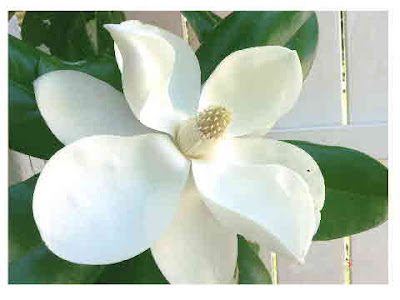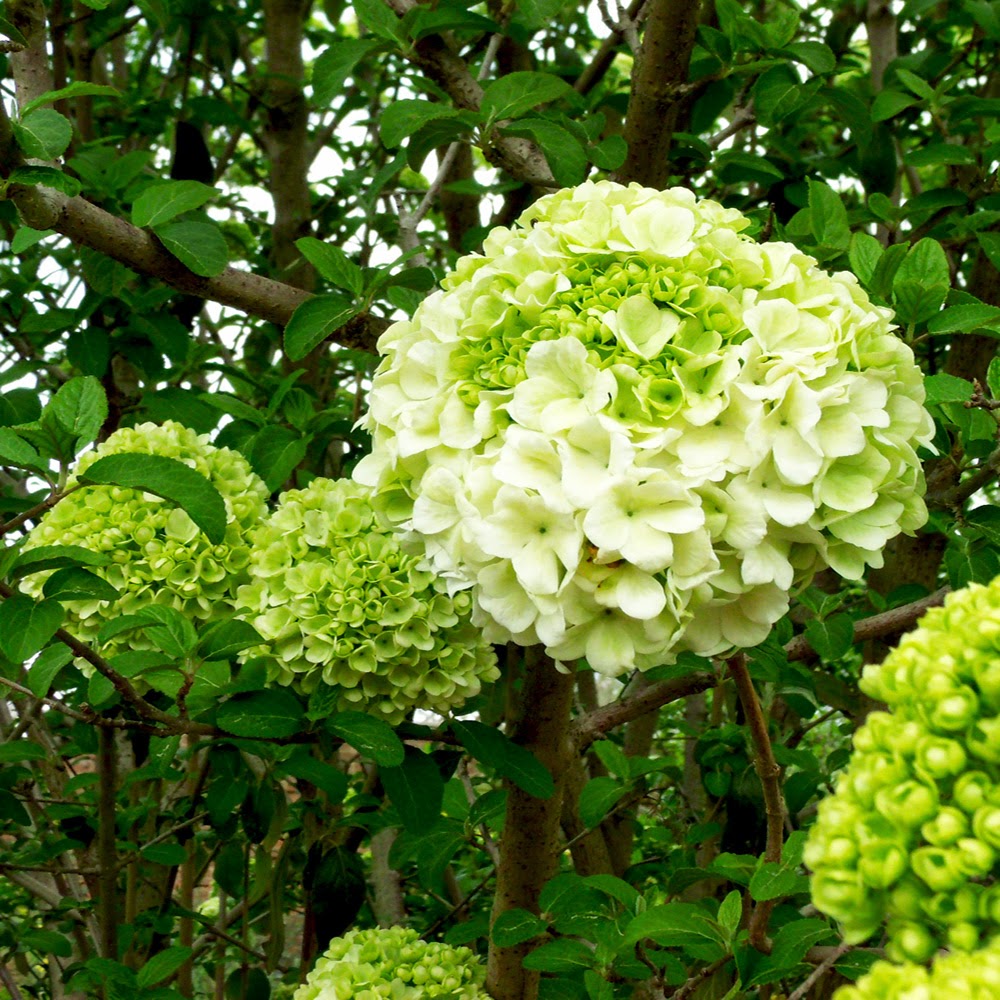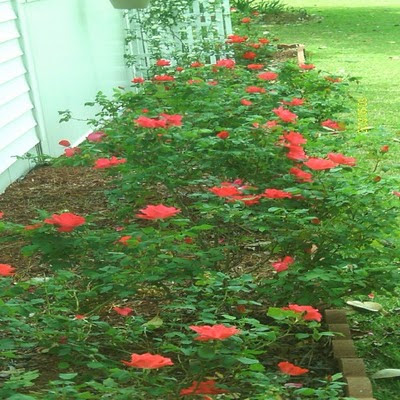This is the queen of all flowering trees. A common fixture in the south and in many southern landscapes, the Magnolia is a magnificent giant flowering tower capable of reaching nearly a hundred feet in height. One of the largest blooming trees around, the Magnolia is slow growing, and able to produce dozens of dinner plate sized, fragrant blossoms during the summer months.
Once the flowering season is done, the blossoms leave behind large pods that produce brightly colored red seeds. Birds and squirrels are particularly fond of these and having a Magnolia in your landscape will definitely attract wildlife. If you love supplying wildlife with a great source of shelter and food, the Magnolia fills the bill.
Lumber from all three species is referred to as “magnolia”, and can be found in some types of furniture, boxes, pallets, venetian blinds, sashes, doors and used as veneers. Southern magnolia has yellowish-white sapwood and light to dark brown heartwood that is tinted yellow or green. The wood has a straight grain and tightly space rings and is an attractive choice for veneers.
The wood is ranked moderate in heaviness, hardness and stiffness; moderately low in shrinkage, bending and compression strength; it is ranked moderately high in shock resistance. Its use in the southeastern United States has been supplanted by the availability of harder woods. Symbolic of the south, the
Magnolia grandiflora is the state tree of Mississippi and the state flower of Mississippi and Louisiana. The flower was also used as an emblem of the Confederate army in the US civil war.
Southern magnolia grows in warm temperate to semitropical climates. Average January temperatures along the coast are around 50° to 55° F in South Carolina. Temperatures below 15° F or above 100° F are considered unusual within the species natural habitat. A well established and healthy southern Magnolia can often withstand more extremes in temperatures than the younger ones.
Because of its showy flowers and big glossy evergreen foliage, southern magnolia is considered by many to be a highly prized tree. That being said, don't expect grand results for many years if you are purchasing one. It takes a long time for the to fully reach their glory in size, and flower production. However there are many who consider the tree a nuisance due to the fact it's leaves are very bothersome as mentioned earlier the large older trees drop leaves (many) and the seed pods in great numbers and can cover a massive portion of the yard it is planted in.
 |
| photo by Dawn Gagnon |
In many urban areas where other species do poorly, the Magnolia can grow because of its resistance to damage by sulfur dioxide. The seeds are eaten by squirrels, opossums, quail, and turkey. Red Cardinals particularly love the seeds produced by this tree. Once a Magnolia has been established in your yard, it will withstand anything nature can throw at it. These trees are tall, strong, and require little care. Just make sure you have a rake...you're going to need it.
The Magnolia is a tree that speaks to southerners on a deep level, it not only is a symbol of the south to many, but there is something about it's strong willed, defiant nature that seems to almost define the southern constitution, and our southern men. Its beauty and sinfully subtle fragrance lingers a hint of our southern belles. The southern Magnolia is a piece of living history, and should be respected as such.
 Image via WikipediaOnce the flowering season is done, the blossoms leave behind large pods that produce brightly colored red seeds. Birds and squirrels are particularly fond of these and having a Magnolia in your landscape will definitely attract wildlife. If you love supplying wildlife with a great source of shelter and food, the Magnolia fills the bill.
Image via WikipediaOnce the flowering season is done, the blossoms leave behind large pods that produce brightly colored red seeds. Birds and squirrels are particularly fond of these and having a Magnolia in your landscape will definitely attract wildlife. If you love supplying wildlife with a great source of shelter and food, the Magnolia fills the bill.

